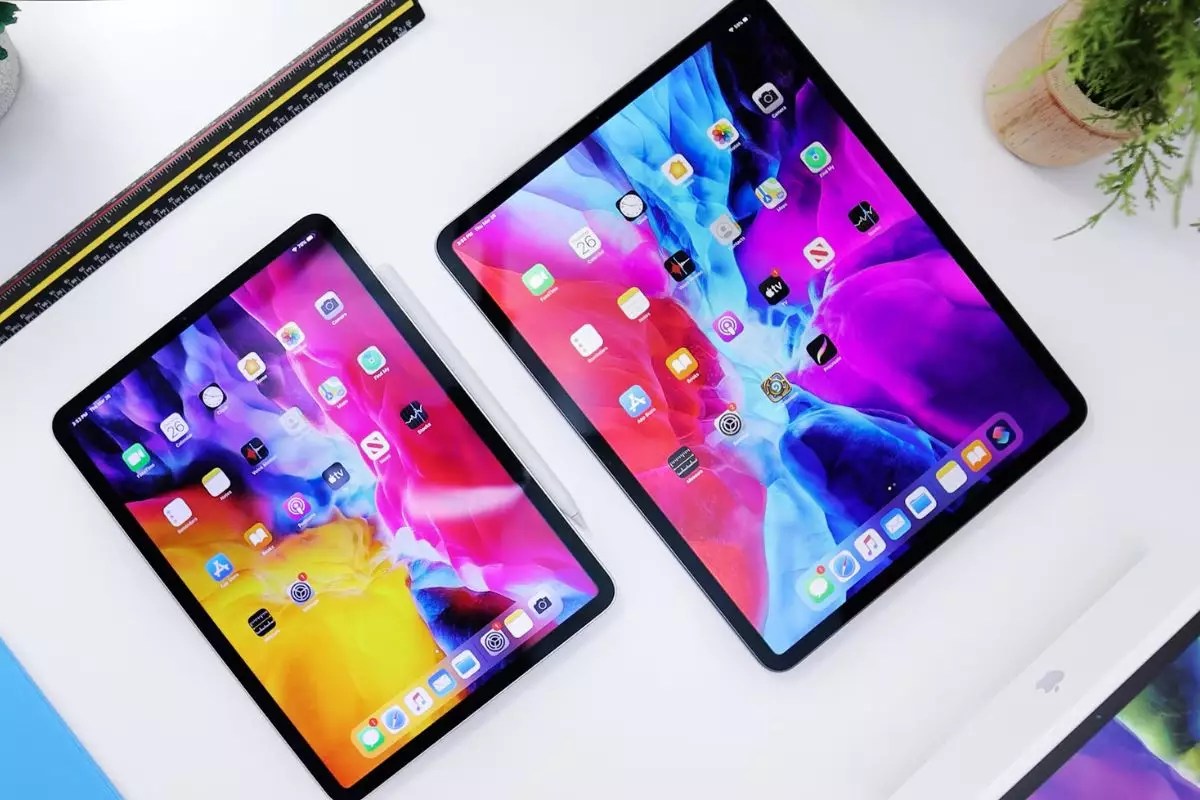The impending release of iPadOS 19 has ignited a sense of palpable excitement and skepticism among Apple enthusiasts and tech aficionados alike. As Apple’s flagship tablet inches closer to a functionality that echoes its Mac counterpart, the question looms: will this overhaul fulfill the lofty expectations set by both users and industry analysts? Veteran journalist Mark Gurman’s assessments hint at significant shifts in the iPad’s operating system, suggesting that a true revolution in user experience might finally be on the horizon. Yet, Apple must balance innovation with the formidable challenge of ensuring that these changes resonate positively with its existing user base.
Convergence of Features and Functionality
Apple has long faced criticism for its somewhat insulated ecosystem, where the iPad has often felt like an extension of iOS rather than a robust standalone system. With the latest hardware advancements in the form of M4 chipsets, the iPad’s potential for professional-grade productivity is finally being recognized. Gurman’s comments suggest a paradigm shift, prioritizing multitasking and app window management — two areas where the iPad has historically faltered. The ambition to align iPadOS more closely with macOS is not merely cosmetic; it indicates a strategic intent to provide a more seamless and productive experience for users who are increasingly seeking to use their tablets as professional-grade tools.
Visual Consistency: The Double-Edged Sword
While the prospect of visual harmony across devices is enticing, it raises questions about Apple’s commitment to utility over aesthetics. Apple’s integration of a more unified user interface across the iPhone, iPad, Mac, and even the Apple Vision Pro presents an opportunity for a more intuitive user experience. However, this streamlined approach risks alienating users who appreciate the distinct characteristics of each platform. Should enhancements like “glass effects” and standardized menu systems ultimately serve to simplify user interactions, they must not come at the cost of the individuality that has defined Apple products. The challenge lies in achieving balance — a design that is cohesive yet respects the unique usability of each device.
Listening to User Demands
The collective voice of users has been increasingly clear: they desire functionality that meets their needs, moving beyond simple adaptations of mobile features. As Apple gears up for the WWDC 2025 with iPadOS 19 set to take center stage, the company stands at a crossroads. They can either embrace this opportunity to genuinely engage with their users and address the highlighted pain points, or risk falling behind competitors who are unencumbered by legacy software constraints. The narrative thus far suggests that Apple is ready to listen and adapt, recognizing the urgency of delivering more than just incremental updates.
In an era where productivity tools are evolving at breakneck speed, the stakes are higher than ever for Apple. The decision to prioritize multitasking and overhaul existing software systems indicates a response to a broader shift in consumer behavior, one that values adaptability and efficiency. With the potential changes hinted at by Gurman, Apple’s forthcoming iPadOS 19 could represent a pivotal movement toward redefining what a tablet can achieve — embodying a revolution not merely in hardware, but also in the user experience landscape itself.


Leave a Reply